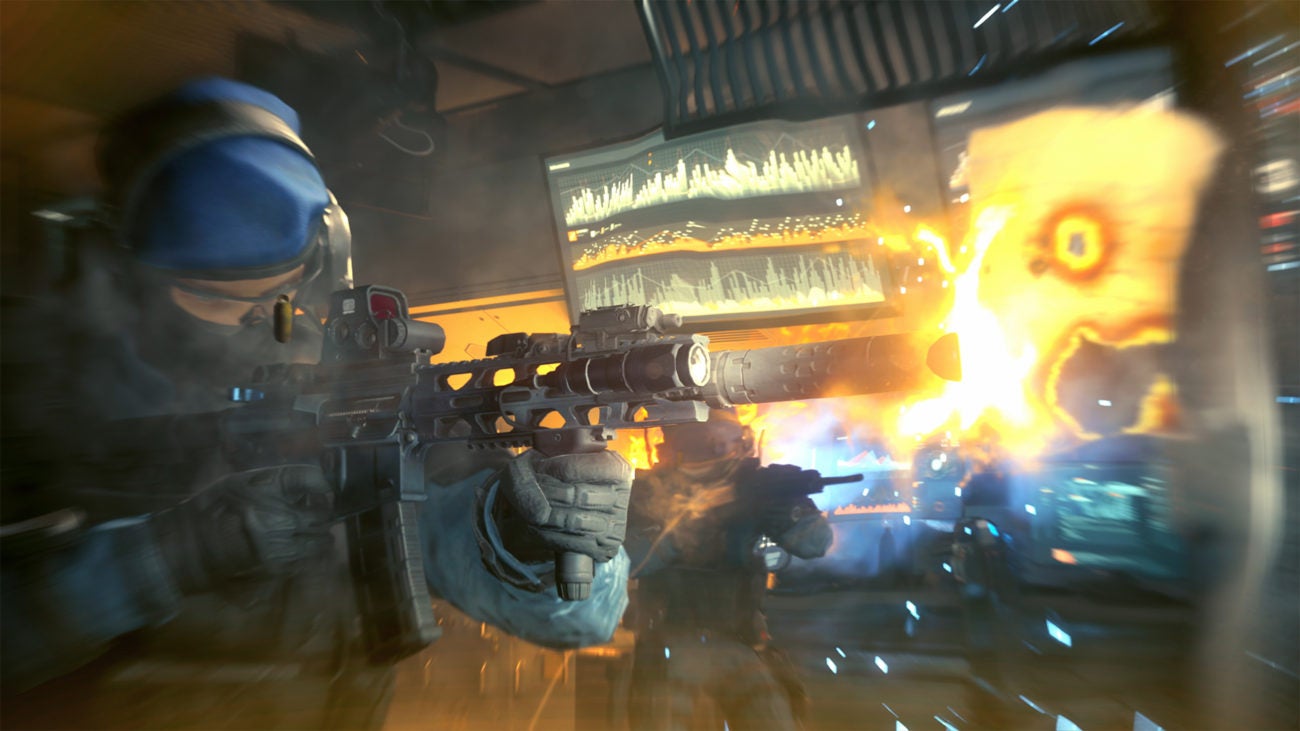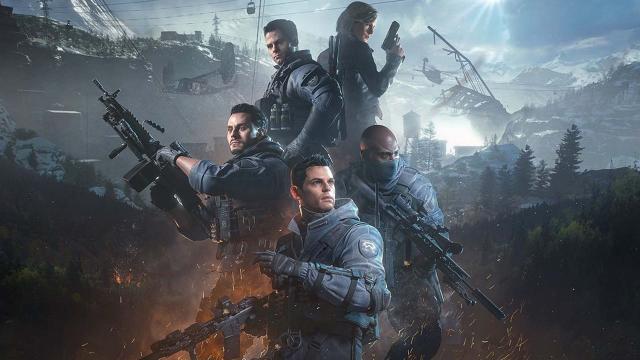I really, really wanted to like Catalyst, the new campaign developed by Remedy Entertainment and released for free-to-play shooter CrossfireX earlier this month. Remedy, the developer behind great games like Control and Alan Wake, is one of my favourite out there, and while I wasn’t thrilled about them making a campaign for some knock-off Counter-Strike, I was intrigued by the idea. What would a military FPS look like if made by Remedy? Would I even be able to tell? Well, I have my answer. And while this feels like a Remedy game, it’s still a mostly boring adventure.
CrossfireX is a newly released console-focused spin-off of the hugely popular Crossfire. Both are free-to-play shooters that take a great deal of inspiration from Counter-Strike and Call of Duty. When it was announced that Microsoft and Crossfire publisher and dev Smilegate would bring a new version of the shooter to Xbox, it was also revealed that it would have a campaign. This part of the game would be developed by Remedy and, unlike CrossfireX which uses Unreal Engine, is built using the studio’s own Northlight Engine, the same tech that powered Control. This is a weird setup. I can’t think of a recent game that included a campaign built in one engine by a dev inside another game created by a different studio in a separate engine.
Beyond the technical oddities, CrossfireX’s multiplayer sucks. I played a few matches and hated basically every minute of it. Even after the devs fixed some of the most annoying problems in the game, it is still a wonky and not-very-fun-to-play military shooter. In a world with stuff like Fortnite, PUBG, Warzone, Rainbow Six Siege, Halo Infinite, CSGO, and more, it seems unlikely that CrossfireX will find or maintain much of an audience.
On the plus side, Remedy’s first campaign for Crossfire, Catalyst, is much better! It’s still not great, but at least it feels good to move and shoot, which is very important in a shooter. (And something the online portion of CrossfireX fails at.)

The basic setup of Catalyst consists of a large private military company, Global Risk, that is at war with an equally big and also evil terrorist group known as Black List. At the start of the campaign, a small squad from Global Risk is sent into a fictional country to capture a high-ranking member of Black List. Things quickly go south, and your team leader is captured, leaving it up to this squad to find their comrade, save him and escape. But there’s more going on than the team expected, including stories of a weird, paranormal artefact that might be able to help you see the future. Oh, and one of the squad members is losing their mind, seeing things, and reliving memories that don’t seem like their own.
This is what surprised me most about Catalyst. Yes, the action and overall look of it is very “2012 military shooter,” but the actual narrative and world reminded me more of Control than anything found in Battlefield or Call of Duty. The game never really takes full advantage of this world or the lore it establishes, but if you dig into recordings and messages scattered around the various levels, you can piece together something mysterious and odd going on. I just wish the game brought more of those details front and centre rather than hide them in the collectibles menu.
Catalyst also has a button that lets you slow down time à la Max Payne’s Bullet Time feature. However, when you shoot, it speeds back up for a moment. It’s a cool idea that makes the mostly by-the-numbers combat encounters in the game more exciting. It also makes the game easier and, considering I only died once on the game’s standard difficulty, almost felt like cheating. Still, it helped keep things exciting whenever the game slipped away from its Remedy roots into “generic war shooter” territory, which happens frequently throughout the short three-hour campaign.
Still, at its best, the campaign sometimes feels like Control, as the player character slowly loses their mind. During these narrative segments, the game has you walk through increasingly wild and bizarre areas featuring impossible architecture, mysterious voices, and another Remedy stable: live-action clips of real actors. In fact, a supercut of those moments could easily pass as a video of “Hidden Levels In Control.” These bits are so weird and fascinating that they end up making the other parts of the game feel even more dull.
Sadly, all of this — the paranormal lore, weird story, Remedy-like touches, and slow-mo action — can’t overcome the fact that Catalyst is mostly just another forgettable military shooter. It looks great, plays well, and doesn’t overstay its welcome. But unless you are a super Remedy fan, desperate to play everything the studio does, you can probably skip this. There is a second part of the campaign, also developed by Remedy, but after finishing this first part I have zero interest in playing it. I’ll just wait for Alan Wake 2.

Leave a Reply